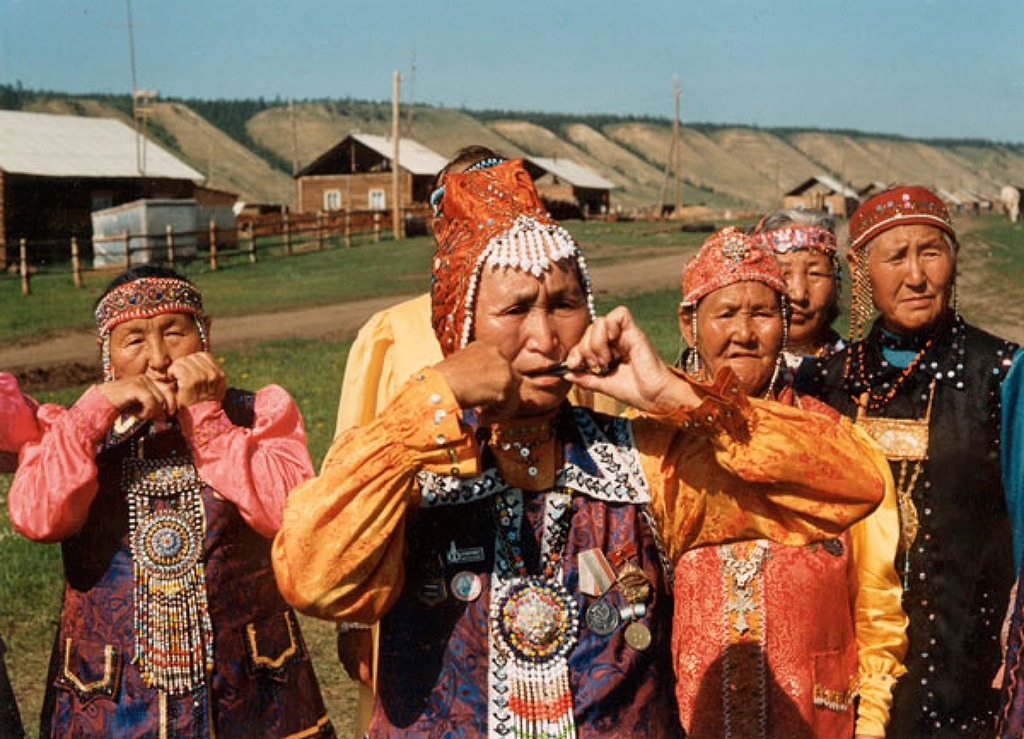
Northern East Asian Branched Two Different Directions? China, America
Could Ancient Northern East Asian Migrants Connect Asia to Native America?
Explore the intriguing theory that two groups of ancient Northern East Asian migrants diverged, shaping the peoples of China and the Americas. Discover the shared roots of shamanistic traditions across these cultures.

Could Ancient Northern East Asian Migrants Connect Asia to Native America?
Could it be that, long ago, two groups of ancient Northern East Asians branched off into vastly different directions? One group migrated southward into China, while the other ventured eastward, crossing the Bering Strait to form the foundations of Native American cultures. This fascinating theory draws connections between ancient peoples and their shared shamanistic and animistic practices.
Full-Blooded Native Americans: A Connection to Northern East Asia?
Various nomadic groups from Russia, such as the Chukchi and Yakut, offer clues about a potential shared lineage. Some parallels are even drawn with the Sami people of Europe, who historically practiced shamanism and share physical traits linked to Mongoloid features in early photographs. These similarities suggest a deep-rooted connection between ancient Northern East Asian stock and indigenous peoples across the globe.
Tracing Shared Shamanistic Traditions
- Sami in Europe – Once practitioners of shamanism, the Sami’s ancient rituals mirror those of Northern East Asians.
- Chukchi and Yakut of Russia – Both groups are known for their rich shamanistic traditions.
- Tuvan People in Mongolia – Continuing the practice of animism and shamanism.
- Manchu and Korean Cultures – Retain traces of ancestral shamanistic rituals.
- Ethnic Groups of China – From the Miao and Yi to the Han Chinese’s ancient Nuo practices, shamanism has a historic presence.
- Native Americans – Many indigenous tribes across the Americas maintain animistic and shamanistic practices that echo those of their possible Northern East Asian ancestors.
These cultural practices emphasize the spiritual connection with nature, ancestors, and the universe — a common thread among these diverse groups.
Could Migration Explain These Connections?
As groups migrated, adapting to new environments, their cultures evolved, yet many retained the shared spiritual framework of animism and shamanism. These ancient traditions provide a compelling link between the peoples of Northern East Asia and the Americas, reinforcing the possibility of a shared lineage.
What if the Chukchi, Yakut, Sami, and Native Americans are all branches of the same ancient tree, rooted in Northern East Asia? This question invites further exploration into the complex tapestry of human migration and cultural evolution.
Key Takeaway
Let this thought-provoking theory inspire more research into the shared spiritual heritage of humanity. What secrets do these ancient connections hold, and how might they reshape our understanding of human history?
References and Further Reading
- Full Blooded Native American | Xeemlauj | Www.Asiafinest.Com | Could it be that long long ago, two groups of northern east Asian stock branched off into two different directions? One moving downward into China while one moved east crossing the Bering strait into today America continent?





Yes, I believe that very much. Way to many similarities as well as having a deep spiritual connection with both.